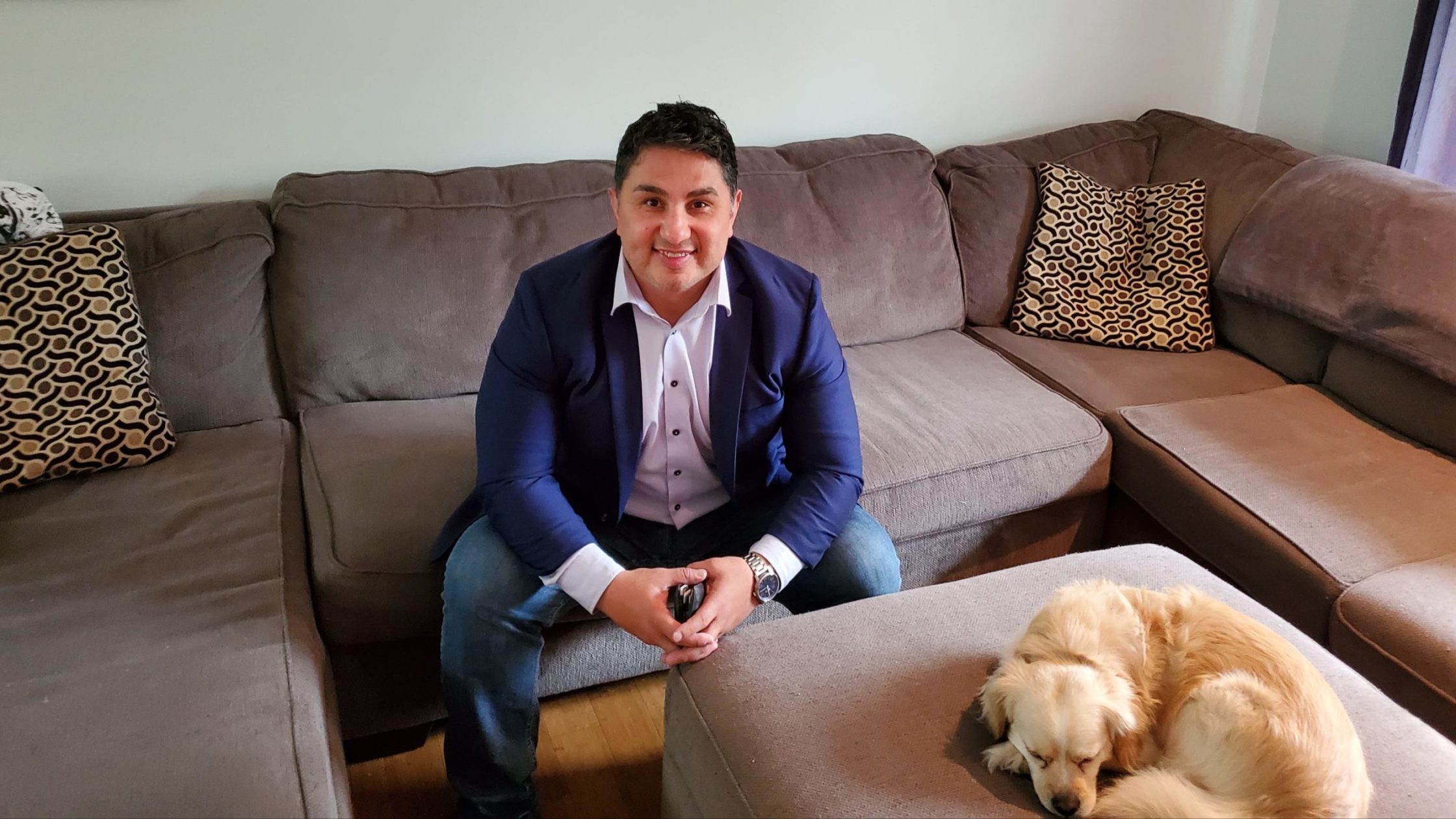Not-for-profit championing Indigenous-led multi-modal resource corridors to advance unity, prosperity and sustainability

Representatives of a Canadian not for profit are ramping up meetings with Indigenous leaders across the country to identify opportunities for First Nations-led development projects in traditional territories.
The C2C2C Unity Corridor Foundation is championing the concept of multi-modal transportation corridors to export Canada’s natural resources under the leadership of Indigenous communities.
“I always say we’re stronger together because I really believe it’s time that we need to lift our communities up. It’s about working together and bringing Indigenous people to the forefront,” says C2C2C director Chris Sankey, a member and former elected councillor of the Lax Kw’alaams First Nation near Prince Rupert, B.C.
“For a person that grew up in poverty this means a lot to me, because there’s so many out there that could really use a hand up. And I call it a hand up and not a handout, because that’s not what Indigenous people want. They just want to be heard and listened to, and to work together on their terms,” says Sankey, CEO of Blackfish Enterprises.
“A lot of the development projects are right in their backyard, so who better to look after the environment and grow the economy?”
Indigenous leadership will also create stronger projects, he says.
“The only way we’re going to create certainty for industry is if we’re working and collaborating with Indigenous communities, and that they’re on side on their terms, and that they’re leading the discussions,” he says.
“It’s not about trying to convince Indigenous communities, it’s to build trust and relationships with communities.”
C2C2C CEO Jerry Demchuk says development as a nation has largely been shaped by major corridor infrastructure projects like transcontinental railways, the Trans-Canada Highway and the St. Lawrence Seaway.
“They provided not only the vision but also the opportunity to build the country,” he says.
“Today it is hard to see where that vision exists. We are missing a national strategy that builds to our strengths as a country.”
 
The idea is to ultimately build connected corridors that could be used to transport any number of commodities including goods and services, oil, gas, hydrogen, forestry products, fish, manufactured goods, Sankey says.
One of the foundation’s key goals is to help Indigenous communities secure funding for major projects.
“One of the largest challenges Indigenous communities have is access to capital. We’re hoping we could provide that avenue where they get access to capital, to provide a path forward where we could partner with them, working with national banks, working with industry, [and] working with government,” Sankey says.
“We could leverage a lot of money through the banking system by helping these communities build capacity. That capacity could be anywhere from administration, finance and economic development to education [and] health.”
The vision is to create a streamlined process for project developers where environmental assessment, consultation and economic benefits are pre-established, Demchuk says.
He describes C2C2C as “a neutral external platform for building consensus that accelerates infrastructure development.”
Share This:





 CDN NEWS |
CDN NEWS |  US NEWS
US NEWS 
































